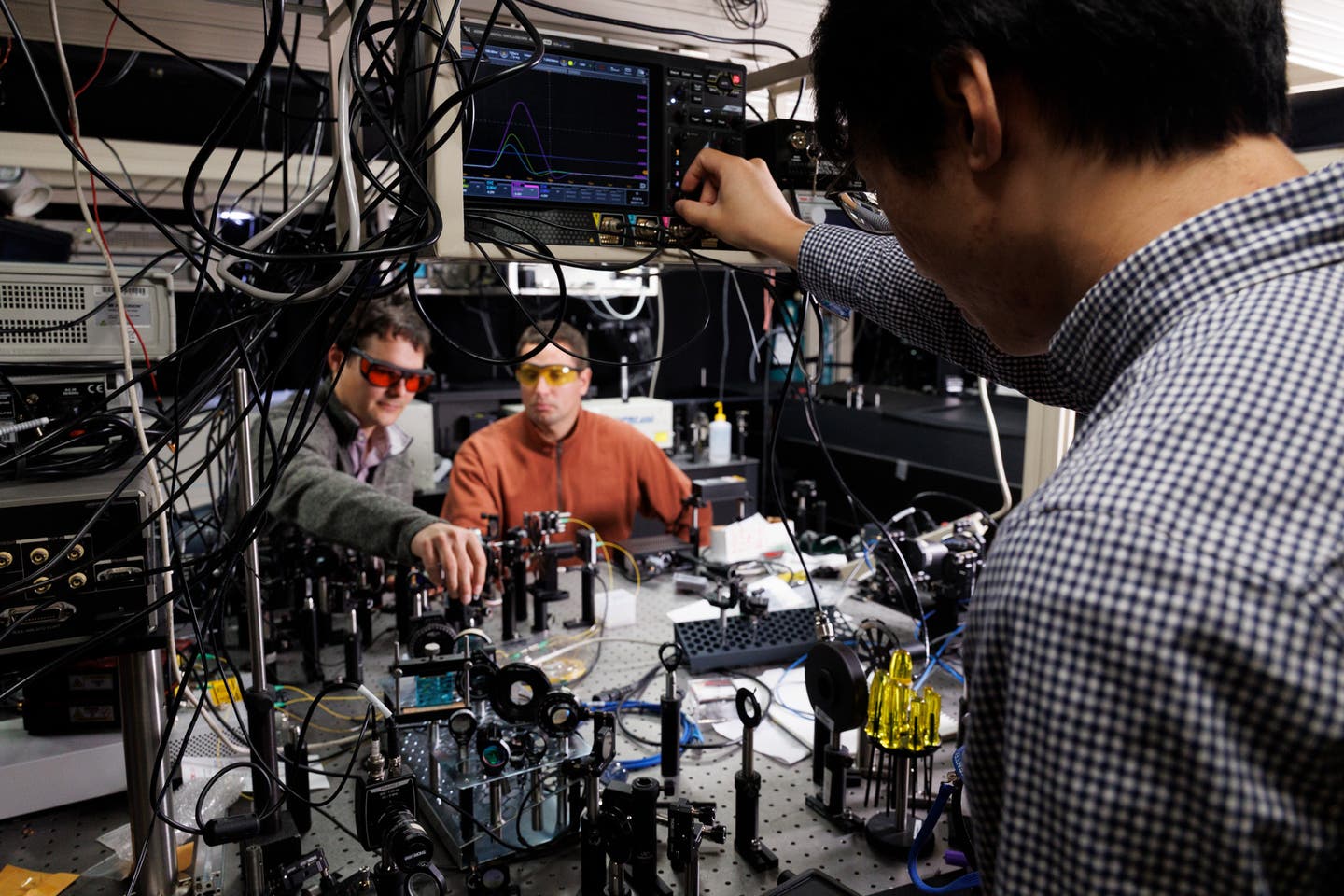‘Practice makes perfect’ is no mere cliché, it’s scientific reality
Research finds that repetitive practice strengthens neural pathways in the brain, solidifying memory representations.

"Practice makes perfect" isn't just a saying; it’s a scientific reality. A new study by researchers at The Rockefeller University and UCLA has shown that repetitive practice strengthens neural pathways in the brain, solidifying memory representations.
Published in Nature, the study utilized advanced technology to observe 73,000 cortical neurons in mice as they learned and repeated a task over two weeks. This research provides insights into how performance improves with practice, transforming memory representations from unstable to solid in working memory circuits.
The team, led by Alipasha Vaziri, head of Rockefeller’s Laboratory of Neurology and Biophysics, and Peyman Golshani, a neurologist at UCLA Health, sought to understand how working memory—crucial for holding and processing information—improves through practice.
Vaziri highlights, "In this work, we show how working memory improves through practice. These insights not only advance our understanding of learning and memory but also have implications for addressing memory-related disorders."
Technological Breakthroughs
Working memory is essential for various cognitive functions, yet the mechanisms behind memory formation, retention, and recall remain unclear over long timescales.
The researchers aimed to observe the stability of working memory representations and their role in skillful task performance over time. This required recording neuronal populations in mice repeatedly over a relatively long period.
Related Stories
However, technical limitations have historically hindered the ability to image large populations of neurons across the brain in real time, over extended periods, and at any cortical depth.
The researchers turned to Vaziri, who had developed brain imaging techniques capable of capturing the majority of the mouse cortex in real time at high resolution and speed.
Light-Beads Microscopy: A Game-Changer
Vaziri proposed using light-beads microscopy (LBM), a high-speed volumetric imaging technology he developed. LBM allows for cellular resolution in vivo recording of neuronal activity in up to 1 million neurons—a 100-fold increase in the number of neurons that can be simultaneously recorded compared to previous methods.
Using LBM, the researchers imaged the cellular activity of 73,000 neurons in mice simultaneously across various cortical depths. They tracked the activity of the same neurons over two weeks as the mice identified, recalled, and repeated a sequence of odors. The results were groundbreaking.
The study revealed that working memory circuits transform as tasks are mastered. Initially, these circuits were unstable, but with repetitive practice, they began to stabilize and solidify. Vaziri describes this process as "crystallization," explaining, "Repetitive training not only enhances skill proficiency but also leads to profound changes in the brain’s memory circuits, making performance more accurate and automatic."
Golshani adds, "If one imagines each neuron in the brain sounding a different note, the melody generated during the task was changing daily but became more refined and similar with continued practice."
The study's significant findings were uniquely enabled by LBM's large-scale and deep tissue imaging capabilities. Initially, standard two-photon imaging of smaller neuronal populations in upper cortical layers failed to show memory stabilization. However, once LBM was employed to record from over 70,000 neurons in deeper cortical regions, the researchers observed the crystallization of working memory representations corresponding with the mice's increasing task mastery.
Future Directions
Vaziri and his team plan to further investigate the role of different neuronal cell types in mediating this mechanism. They are particularly interested in the interaction between various types of interneurons and excitatory cells. Vaziri notes, "We’re also interested in understanding how learning is implemented and could be transferred into a new context—that is, how the brain could generalize from a learned task to new, unknown problems."
The use of LBM technology has opened new avenues for exploring how working memory can be enhanced and stabilized through repetitive practice, with potential implications for treating memory-related disorders.
The findings highlight the remarkable ability of the brain to adapt and refine its functions through persistent effort, offering a scientific basis for the age-old adage, "practice makes perfect."
For more science news stories check out our New Discoveries section at The Brighter Side of News.
Note: Materials provided above by University of Delaware. Content may be edited for style and length.
Like these kind of feel good stories? Get the Brighter Side of News' newsletter.



